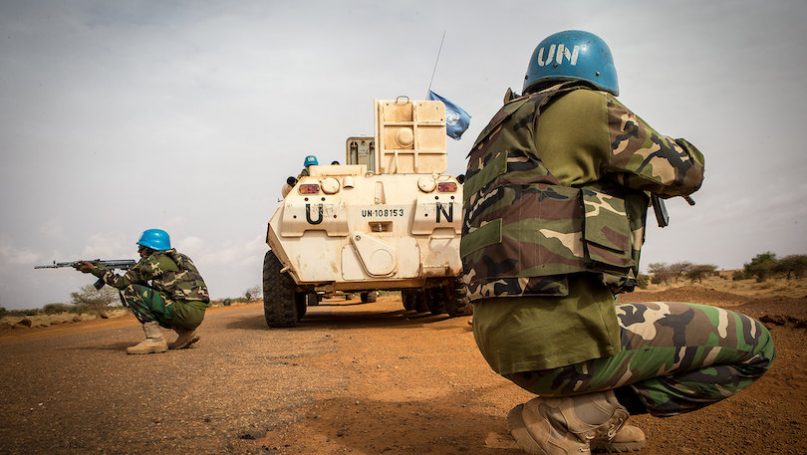Lt. Gen. DS Hooda PVSM, UYSM, AVSM, VSM** and Lt. Gen. Rakesh Sharma PVSM,UYSM,AVSM,VSM (Retd.)
The Chinese have exhibited a coercive and intimidating approach in 2020, in South and East China Seas, the Taiwan Straits, Nepal (Mt Everest), Bhutan (Sakteng Wildlife Sanctuary in Eastern Bhutan’s Trashigang district) and Eastern Ladakh. Without a legal basis, the Chinese actions clearly demonstrate muscle flexing and hegemonic intentions. These are a part of China’s larger geopolitical aspirations and also reveal a greater willingness to use military force, as was apparent in the induction of 6 Mechanised and 4 Motorised Divisions across Eastern Ladakh. The Chinese aim was to show their national will and deter India from any quid pro quo military actions. These geopolitical ambitions, and the will or intent to employ military force to achieve those ambitions, is a major futuristic challenge for India.
The Chinese aggression in Eastern Ladakh at multiple areas, followed by an intransigent attitude in disengaging, de-escalating and return to pre-May positions, was a first of its kind. It has forcefully brought home the threat of a conventional war in the high altitude areas of the Northern borders and also heightened the likelihood of collusive support by Pakistan. In appreciation of the threat that the People’s Liberation Army (PLA) poses, the Indian Armed Forces have undertaken robust and forceful measures in Eastern Ladakh. There has also been a positive movement in the Government for facilitating essential and emergency defence acquisitions to strengthen the armed forces, fill-in voids where they exist, and allocate additional resources for infrastructure development. However, there is a need to undertake a comprehensive assessment of our warfighting techniques in super high altitude areas.
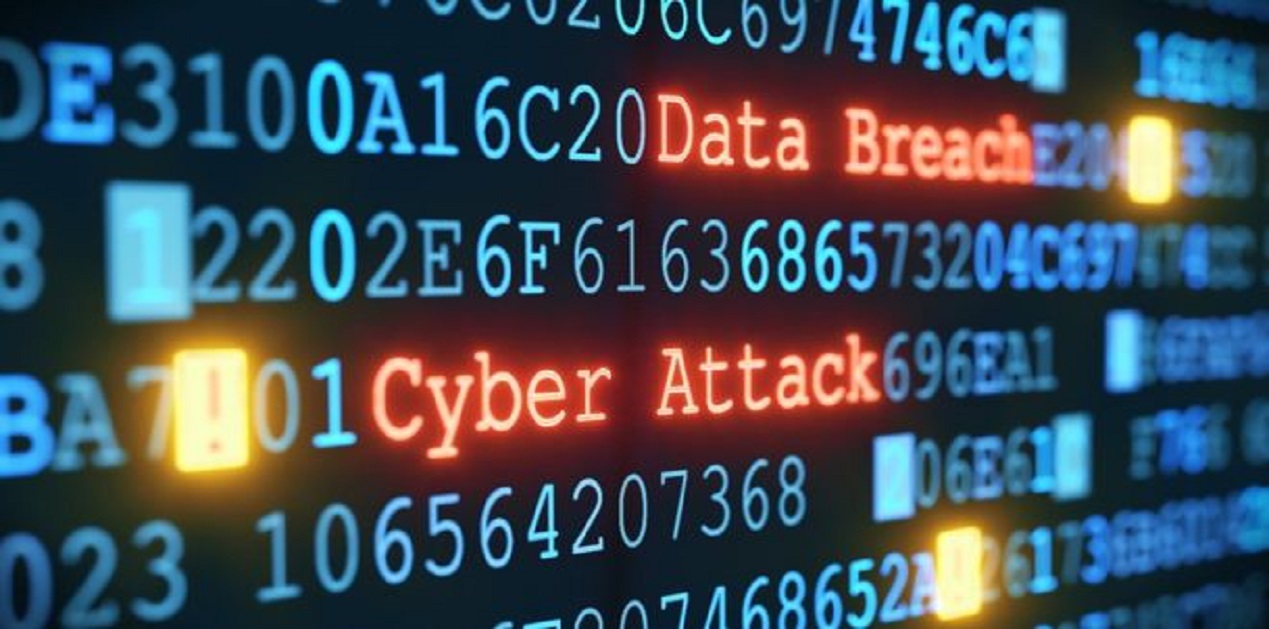 Immediately after the first gulf war in the early 1990’s the theories of Revolution in Military Affairs (RMA) and Information Warfare were being studied all over the world as a new kind of warfare. During that time, a course on Information Warfare was conducted at the National Defense University of USA. The course participants were from senior officers of the armed forces, representatives of Department of Defence and Department of State and policy makers from the government. Rand Corporation of US was conducting this course. Continue reading.......
Immediately after the first gulf war in the early 1990’s the theories of Revolution in Military Affairs (RMA) and Information Warfare were being studied all over the world as a new kind of warfare. During that time, a course on Information Warfare was conducted at the National Defense University of USA. The course participants were from senior officers of the armed forces, representatives of Department of Defence and Department of State and policy makers from the government. Rand Corporation of US was conducting this course. Continue reading.......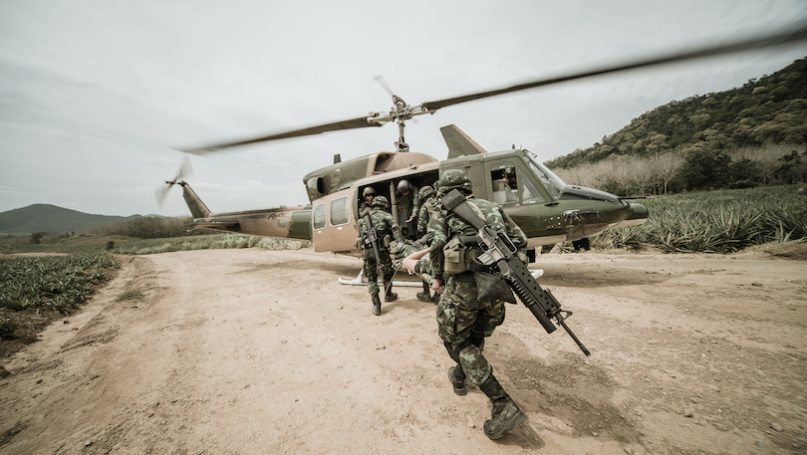
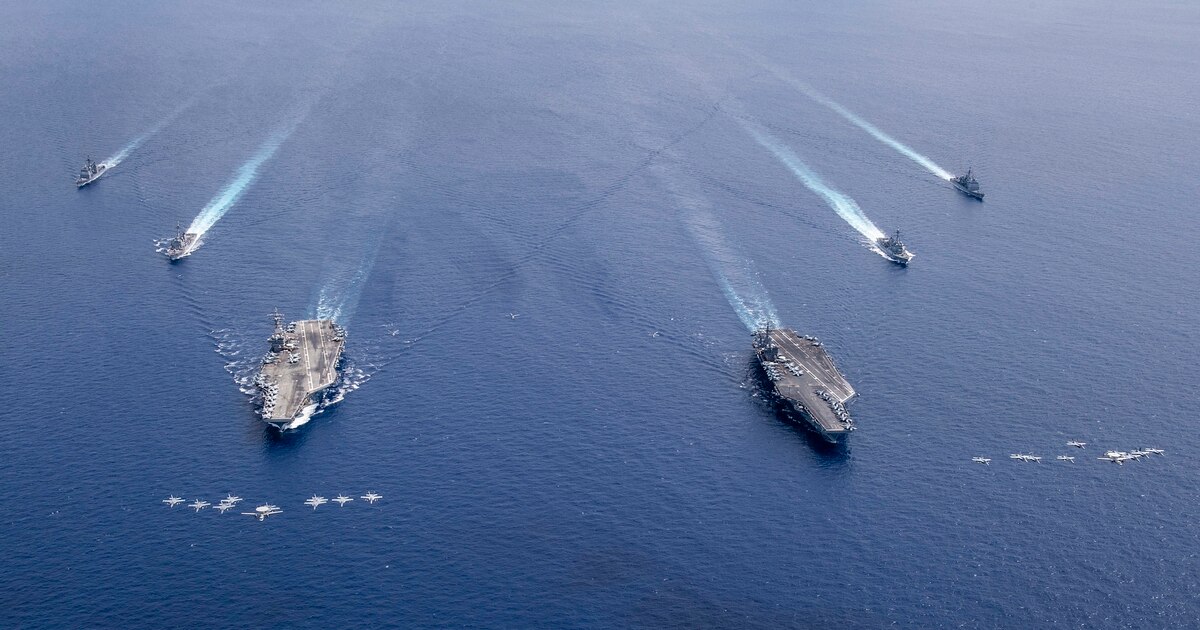
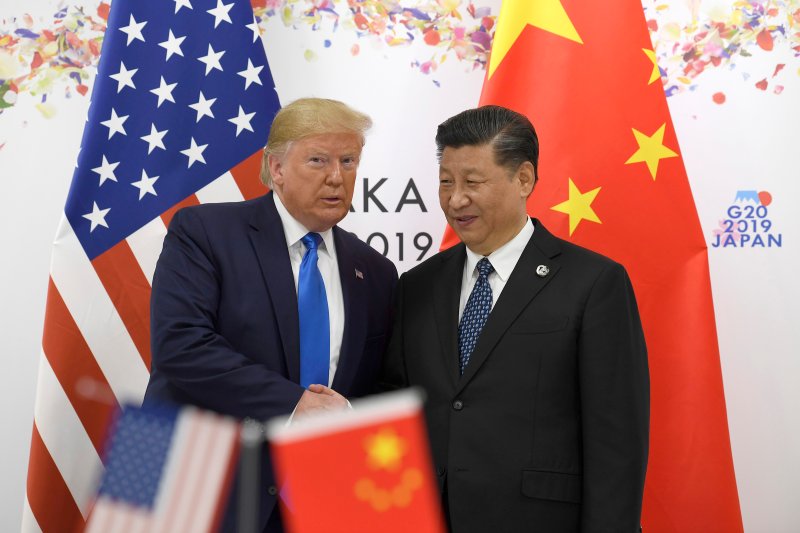
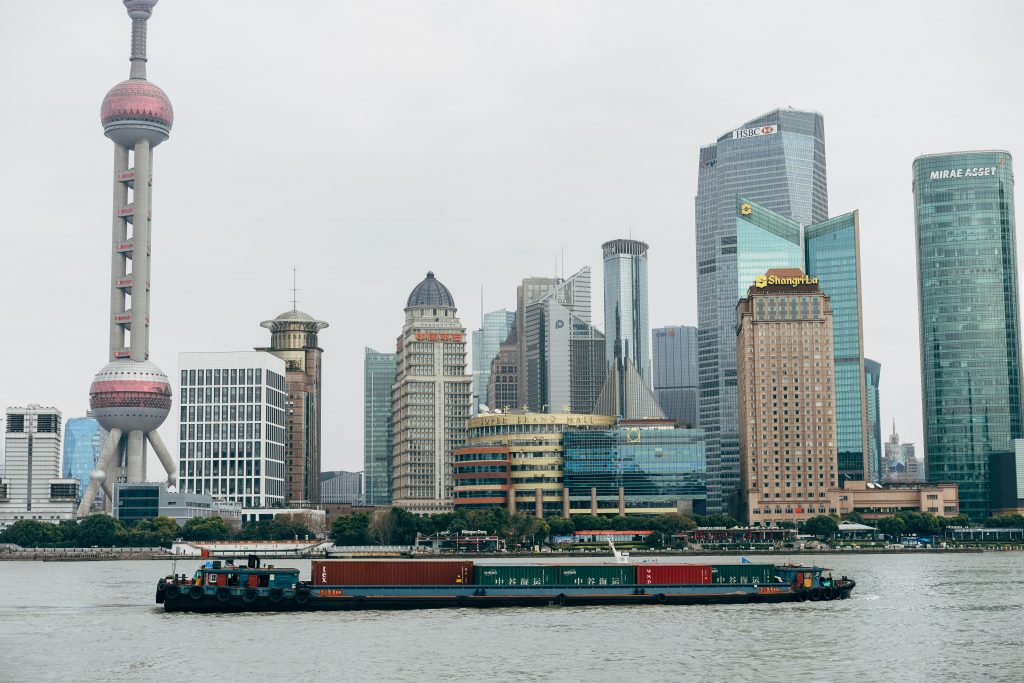


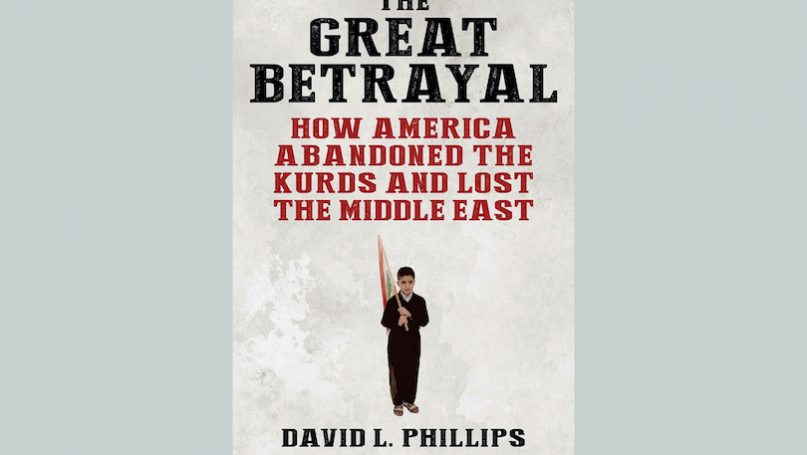
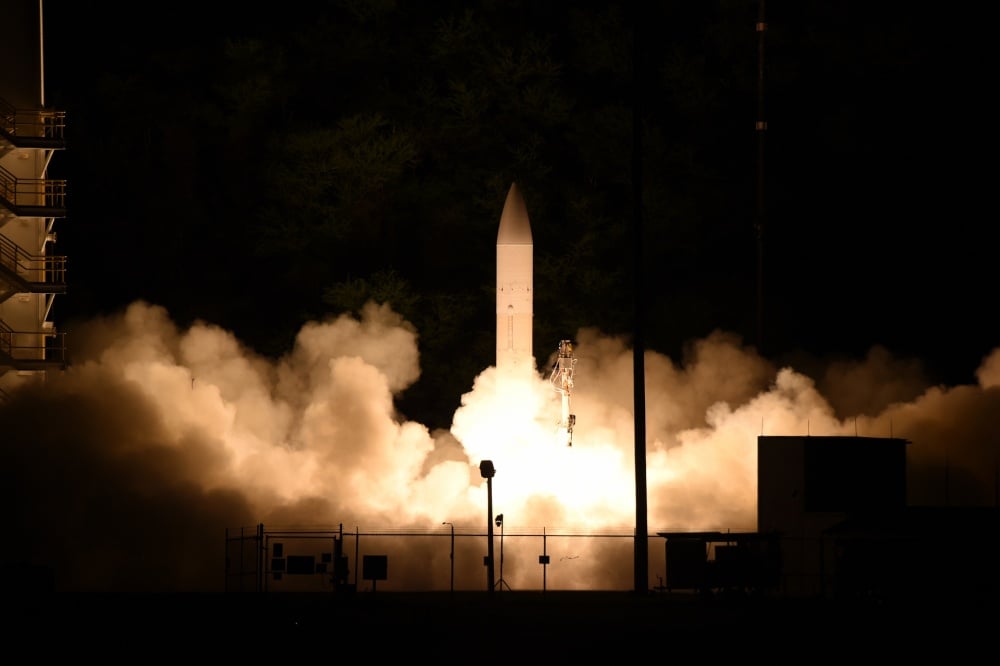




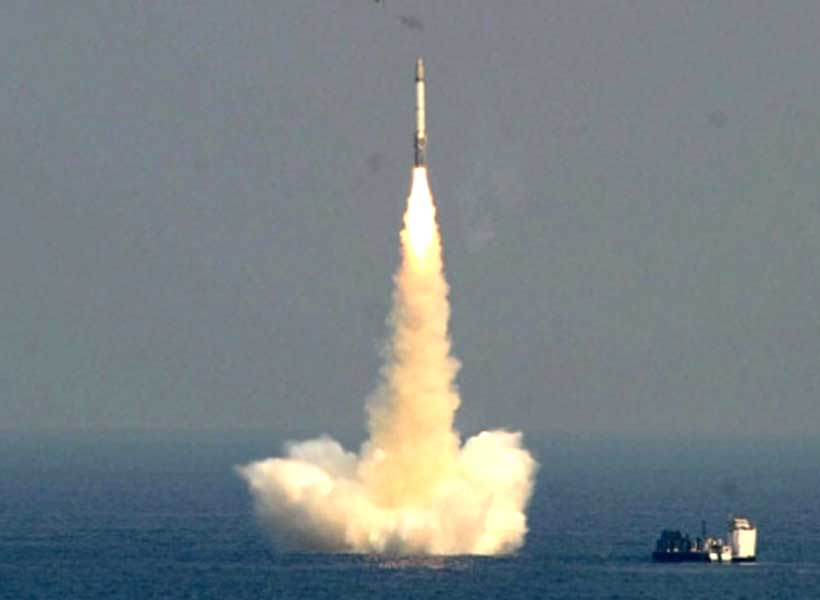

/cloudfront-us-east-1.images.arcpublishing.com/mco/UDK66CTJERDGRIDVCMDWMKCF5U.jpg)
